Green, Yellow, and Brown: The Benefits of Banana Colors
7 minute read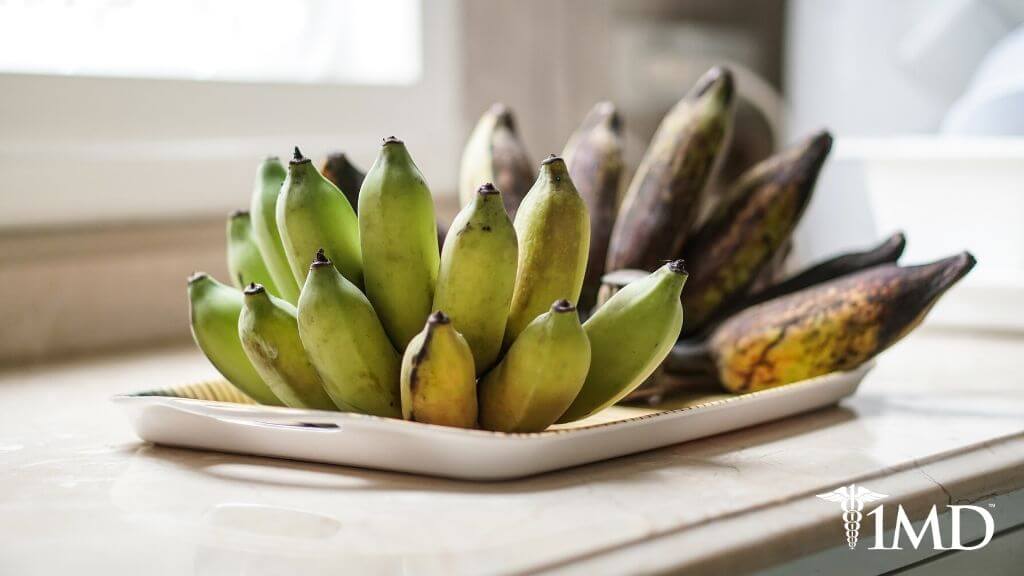
We eat bananas for a number of reasons: they taste good, are high in potassium, and are full of several health benefits. Whether you eat them solely for health reasons or because of you just like the taste, bananas definitely deliver nutrients and vitamins.
What you may not know is that the color of banana you choose impacts your health too because each color provides its own unique set of benefits.
What Bananas Can Do for You
Bananas can improve digestive health because of their moderate fiber content. Bananas contain different levels of fiber depending on their age, which is comparable to plant-based digestive enzymes.
Pectin, a fiber, is found in younger bananas and resistant starch, a starch that actually acts a lot like fiber, is found in unripe bananas. The fiber content of bananas can improve digestive processes for those with problems.
Resistant starch escapes the digestive process and ends up in your intestines, where it can be a food source for your friendly gut flora. Thriving intestinal bacteria keep the pathogenic strains at bay while maintaining gut health by reducing inflammation and susceptibility to disease.
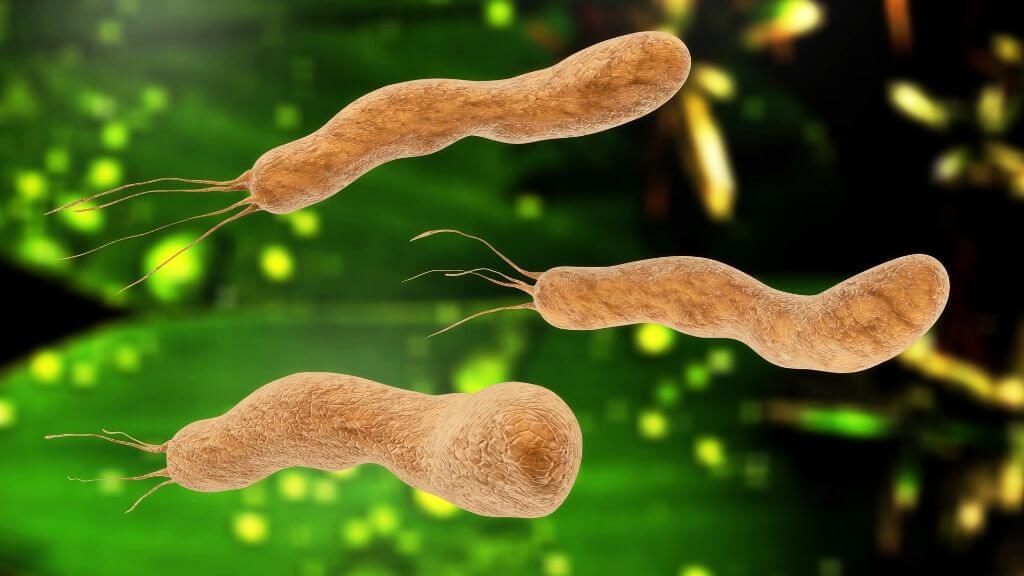
For those looking to shed a few pounds, bananas make a great snack. They are generally filling, so you feel the need to eat less.
Additionally, bananas are low in calories. The average one contains just a little over 100 calories.
The high level of satiety, low calories, and high fiber make bananas a great resource for weight loss. You eat less while getting valuable nutrients and vitamins.
Potassium is the number one mineral associated with bananas and the one we learn about in our youth. It is most commonly associated with muscle health and the reduction of exercise-related cramps.
Bananas are a top choice for nutrition and fuel before, during, and after endurance exercises. Not only does potassium support muscle health and prevent cramps in athletes, but it also provides benefits for a very important muscle: the heart. Potassium lowers your risk of heart disease by helping lower blood pressure.
The U.S. population does not get enough potassium in their diets, which may have links to heart disease being the number one killer in the country. Potassium also promotes kidney health and studies have shown that the development of kidney disease decreases among those who regularly consume bananas.
In addition to potassium, bananas also contain just the right amount of magnesium, which is also important for overall heart health.
Judging a Fruit by Its Color
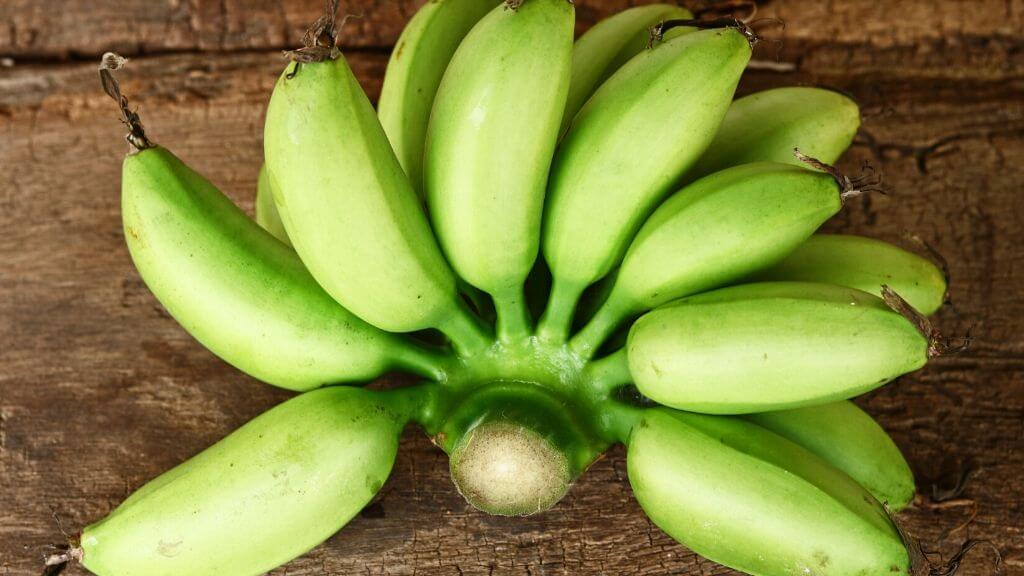
1. Green
The greenest bananas are the most beneficial to those who are trying to keep control over their blood sugar levels. Green bananas are extremely low on the glycemic index, making them the ideal snack for those who have to keep blood sugar levels low.
These younger and greener bananas also cause longer periods of satiety. Feeling less hungry means you will eat less, thus reducing the chances that you might overeat unhealthy snacks.
With insulin resistance being the number one risk factor for type 2 diabetes, the resistant starch present almost exclusively in unripe bananas is the most helpful inclusion.
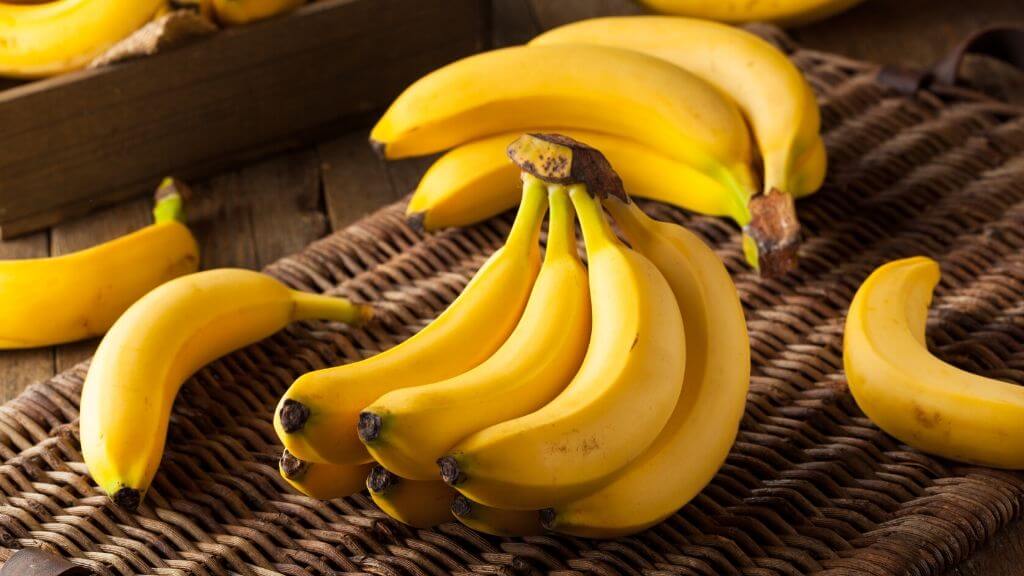
2. Firm and all yellow
At this stage, there are no spots on the peels or on the fruit itself. These are very healthy for you and have a much sweeter flavor than green bananas.
Because it is easier for your body to digest the yellow bananas, they’re a great snack for people suffering from any digestive issues. While the resistant starch level decreases with yellowing, it is replaced by a large number of antioxidants, which protect your body from disease by removing dangerous free radicals.
The antioxidants found in yellow bananas, including dopamine, reduce the risk of heart disease as well as degenerative diseases.
It is important to note that the dopamine from bananas does not act like the feel-good chemical found in your brain. This dopamine never crosses the blood-brain barrier, so it only acts in antioxidant roles rather than mood-altering ones.
3. Yellow with brown spots
The spotted yellow banana is a bit older but still contains lots of antioxidants. As bananas move beyond their ripe stage, they contain to break down into more sugars and antioxidants. While still healthy, and generally the most popular taste-wise, the healthiest stages of the banana have gone passed.
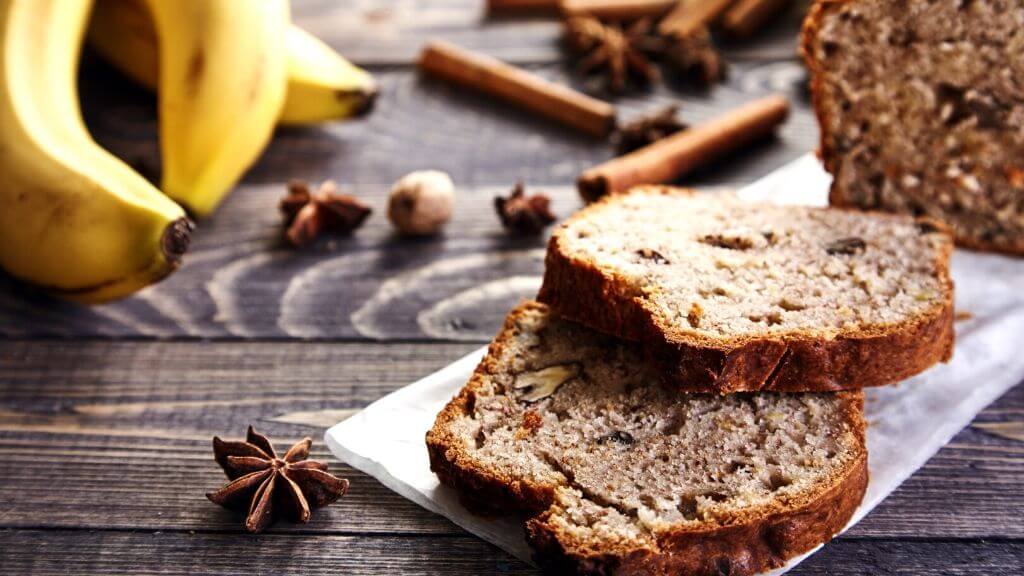
4. Brown or mostly brown
By the time bananas are brown and soft, most people feel as though their usefulness has passed. At this stage, bananas have a much higher sugar content than at earlier stages, so they should be avoided by diabetics or those who need to watch blood sugar levels.
However, you don’t need to throw them out because these bananas do have some health benefits to offer. They contain tryptophan which helps to reduce stress and anxiety and is also rich in nutrients that specifically promote muscle and bone health.
| Related: Gluten-Free Blueberry Banana Pancakes |
At this point, brown bananas are most often used as ingredients in baked goods, particularly in banana bread and muffins. Considering the vast amounts of food thrown out before it really needs to be, taking advantage of this extra sweetness is beneficial in more ways than one.

The Bottom Line
You already know that bananas are good for you, but did not know that the bananas you grab each day can deliver different benefits? They make a convenient snack, are filling, and are great for digestion, heart health, and even cancer treatment.
In fact, bananas are one of the most convenient snacks available. They can be added to cereal, smoothies, and used instead of sugar when baking.
Bananas also rarely contain pesticides or pollutants thanks to their strong, thick protective peels. They are easy to transport, tolerated by most people, and easy to digest.
There are so many reasons to add bananas to your diet. Now you also know that you can select your bananas according to specific benefits that you are seeking.
They taste good, they are good for you, and now you know the secret color code to really boost your health.












